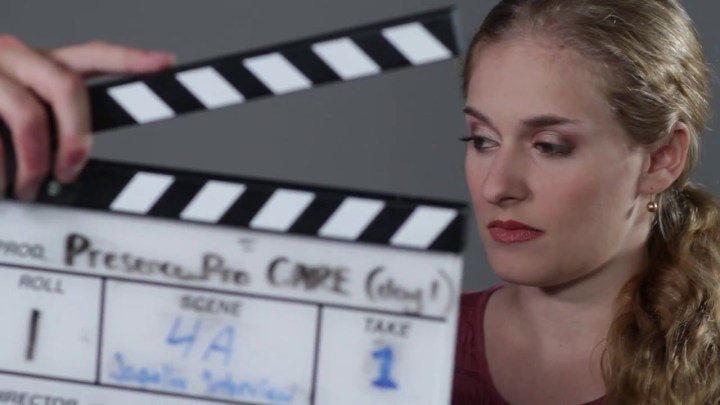
The Oxcart was developed under a program that started in 1957. The mission was to create a craft that could avoid Soviet air defense through high-altitude supersonic flight. It was a tall task for the time, but the push became more critical in the wake of an international incident that occurred in 1960, when Francis Gary Powers was shot down while flying a U-2 surveillance craft over the Soviet Union. Powers was captured and convicted of espionage. The requirements to build such an aircraft meant that special materials had to be used. At top speed, the craft would endure temperatures as high as 550 degree Fahrenheit. This required the usage of titanium alloys and the craft ultimately had to be built by hand, as working with these materials was not practical at the time.
The public has come upon two of the A-12’s crash sites over the years, but the details over what was found are still murky. The program was a complete secret until 1981. The operation was based out of Groom Lake, California, where the CIA owned and operated these craft. The only pilots to fly in them were CIA personnel.

By 1967, following extensive test flights and improvements in development, the A-12 saw its first duty over Vietnam. In 1968, the craft was retired, surpassed by the SR-71 Blackbird. The mission was accomplished however, as the development of the A-12 pioneered advanced supersonic flight, taking things beyond any conceivable limits. Improvements in pilot safety, design, aerodynamics, and manufacturing are among its many achievements.
The SR-71 flew actively for many years until 1989, when the Air Force deactivated it from duty in favor of satellite and space-based surveillance systems. A few years later, Congress voted to fund the craft and they took to the skies again. The program was shut down permanently by means of a funding veto from President Bill Clinton in 1997. A hypersonic craft has been proposed as a replacement, but it is still in the early stages of design proposal, to be followed by design, testing, and funding.
As far as differences go, the craft are very similar in appearance, even to the trained eye. The consensus on A-12 capabilities has placed its maximum speed at Mach 3.35 at 85,000 feet, with a maximum ceiling of 95,000 feet. The SR-71 was capable of Mach 3.2 at 85,000 feet, its maximum altitude.
In the end, the A-12 was able to produce higher-resolution photography, but the SR-71 became the successor due to its side-looking radar and cameras. This ability meant the SR-71 could achieve its reconnaissance missions without penetrating the airspace over enemy territory. The story of these amazing craft can be found throughout the web as the details were declassified starting in 2012.
Editors' Recommendations
- GoPro unveils its latest action camera, the Hero 12 Black
- Apple may delay the iPhone 12, its first 5G smartphone, report says


